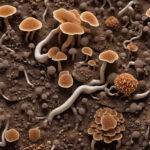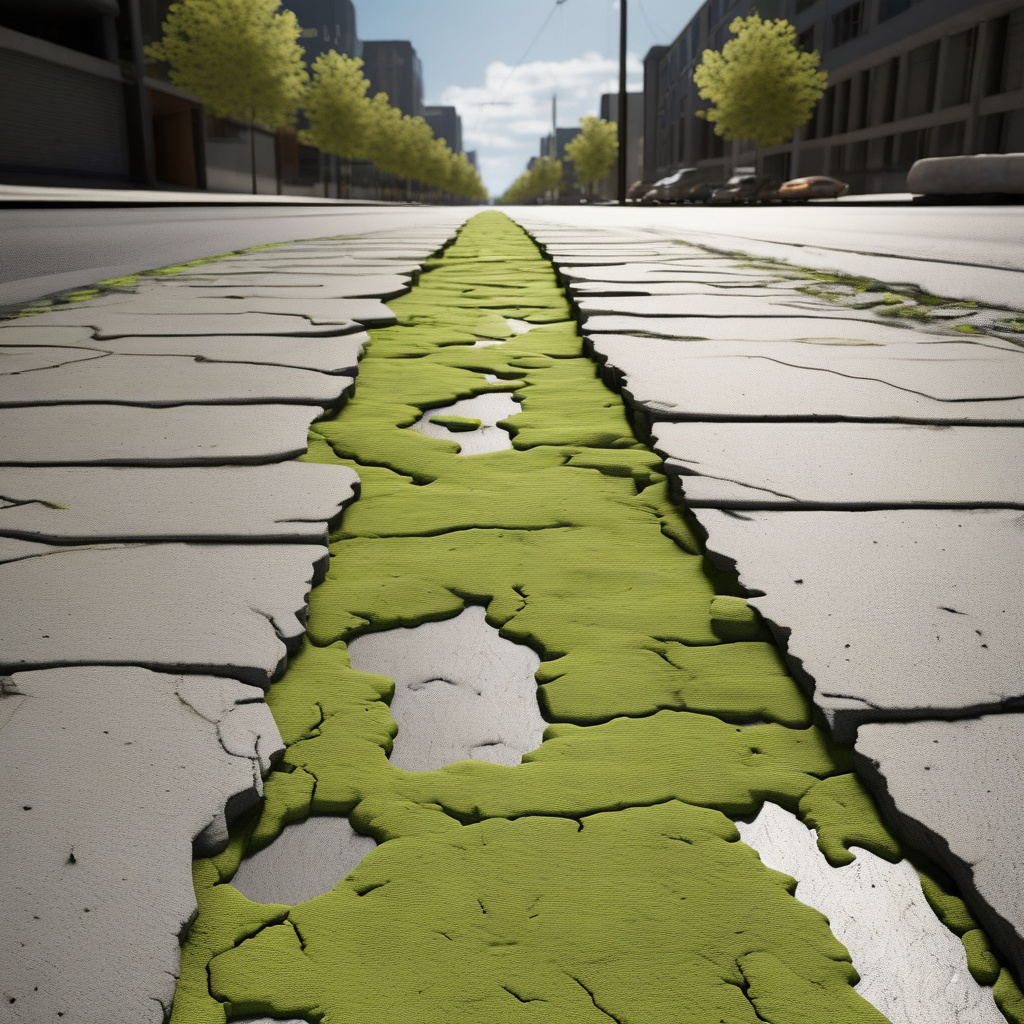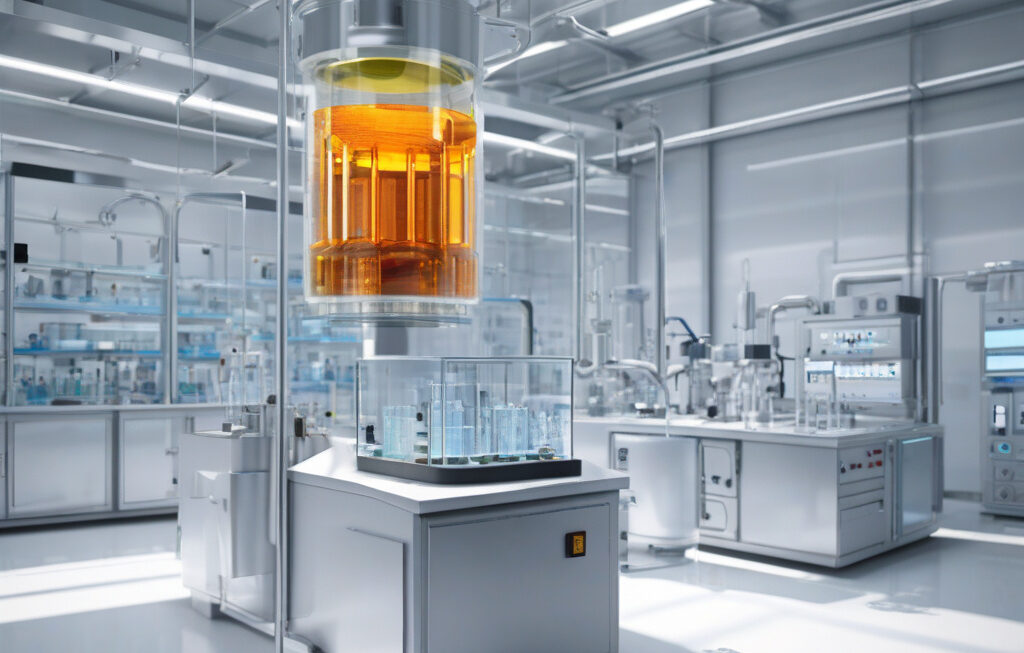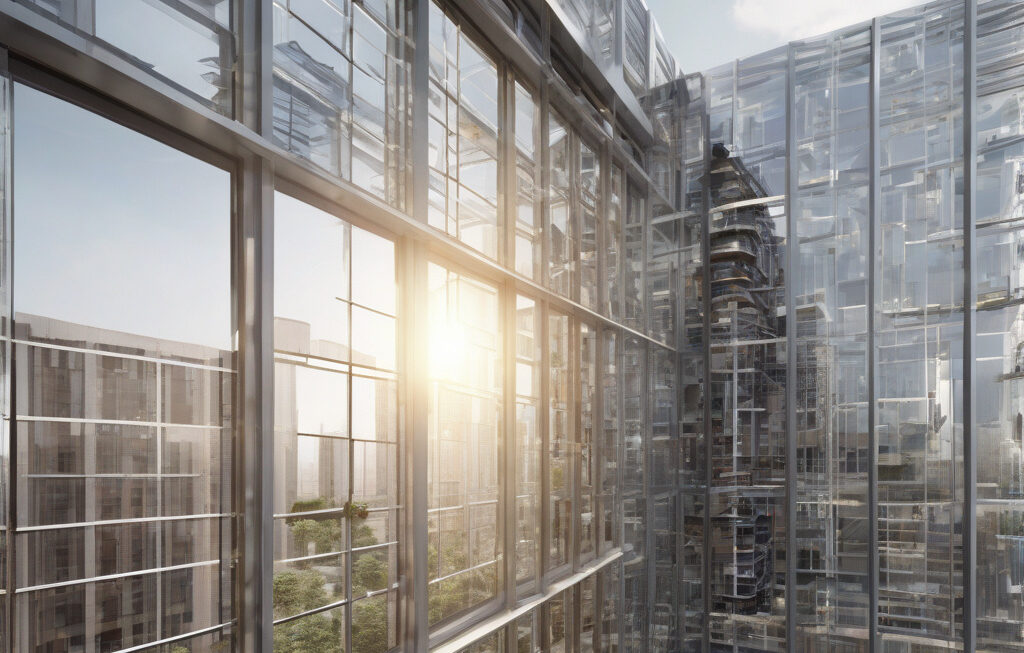Self-healing Concrete: How Synthetic Lichen is Revolutionizing Infrastructure Repair
Researchers in the U.S. have used synthetic lichen to develop a groundbreaking self-healing concrete that could potentially transform the way we approach infrastructure maintenance. This innovative solution harnesses the power of nature to address a common issue faced by concrete structures: cracks. By mimicking the self-repair abilities of lichen, a composite organism consisting of algae and fungi, scientists have created a material that can autonomously fill in cracks when exposed to air and sunlight.
The concept of self-healing materials is not new, but the use of synthetic lichen represents a significant advancement in this field. Traditional self-healing concrete typically relies on encapsulated healing agents that are released when cracks form. While effective, this approach has limitations in terms of scalability and sustainability. In contrast, the use of synthetic lichen offers a more environmentally friendly and cost-effective solution.
So, how does this innovative self-healing concrete work? The key lies in the incorporation of microcapsules containing photosynthetic algae within the concrete mixture. When a crack appears in the material, exposure to sunlight triggers the activation of the algae, leading to photosynthesis and the production of calcium carbonate. This process effectively seals the crack, preventing further damage and extending the lifespan of the structure.
One of the major advantages of synthetic lichen-based self-healing concrete is its ability to perform multiple healing cycles. Traditional self-healing materials often have limited capacity for repair, requiring manual intervention to replenish the healing agents. In contrast, the autonomous nature of synthetic lichen allows for continuous self-repair as long as the material is exposed to sunlight, making it a sustainable and long-lasting solution for infrastructure maintenance.
The potential applications of this technology are vast, ranging from bridges and highways to buildings and tunnels. By integrating self-healing concrete into new construction projects, engineers can enhance the durability and resilience of our built environment, reducing the need for costly repairs and replacements in the future. Additionally, the environmental benefits of this technology cannot be overstated, as it promotes sustainability by minimizing resource consumption and waste generation.
While synthetic lichen-based self-healing concrete shows great promise, there are still challenges to overcome before it can be widely adopted. Questions around the long-term durability, scalability, and cost-effectiveness of the material remain to be addressed through further research and development. However, the initial results are highly encouraging, pointing towards a future where infrastructure maintenance is not just about fixing problems but preventing them from occurring in the first place.
In conclusion, the use of synthetic lichen to create self-healing concrete represents a significant step forward in the quest for innovative and sustainable infrastructure solutions. By harnessing the power of nature to mimic biological healing processes, researchers have opened up new possibilities for enhancing the longevity and performance of concrete structures. As this technology continues to evolve, we can look forward to a future where our built environment is not only resilient but actively self-repairing, paving the way for a more sustainable and efficient infrastructure landscape.
self-healing concrete, synthetic lichen, infrastructure repair, sustainability, innovative technology












